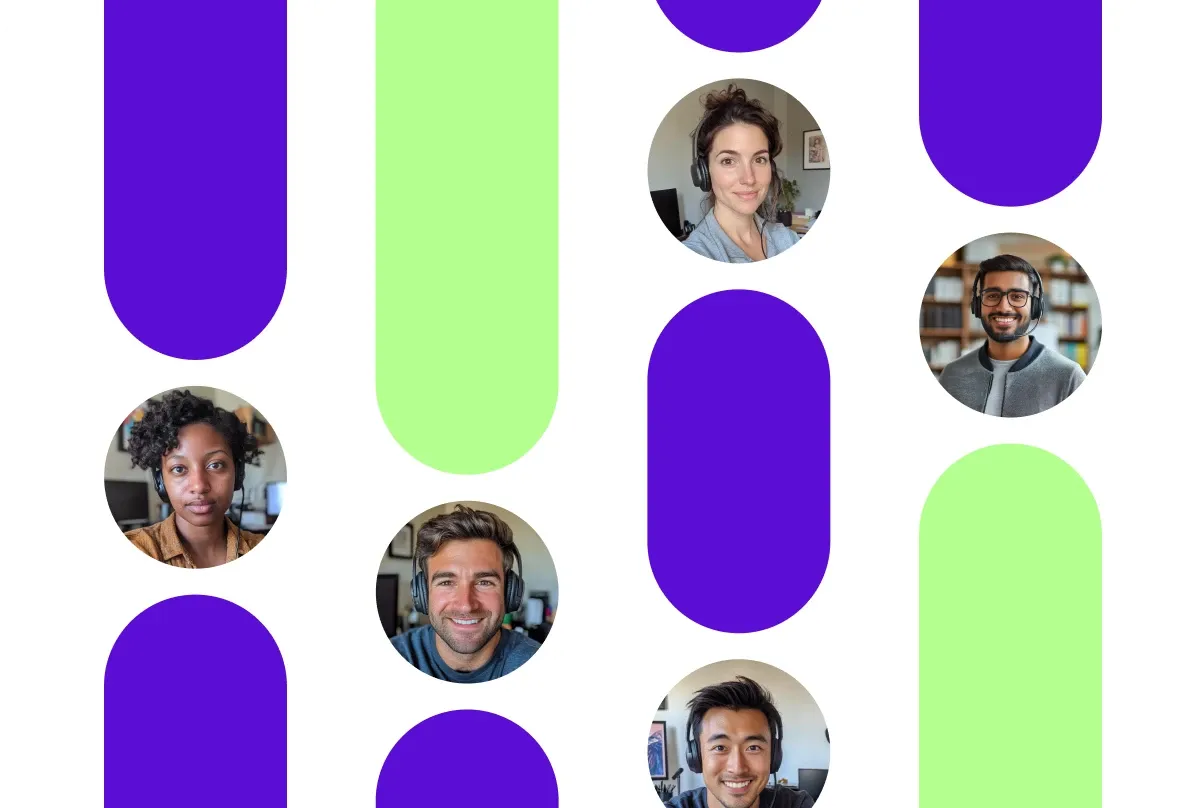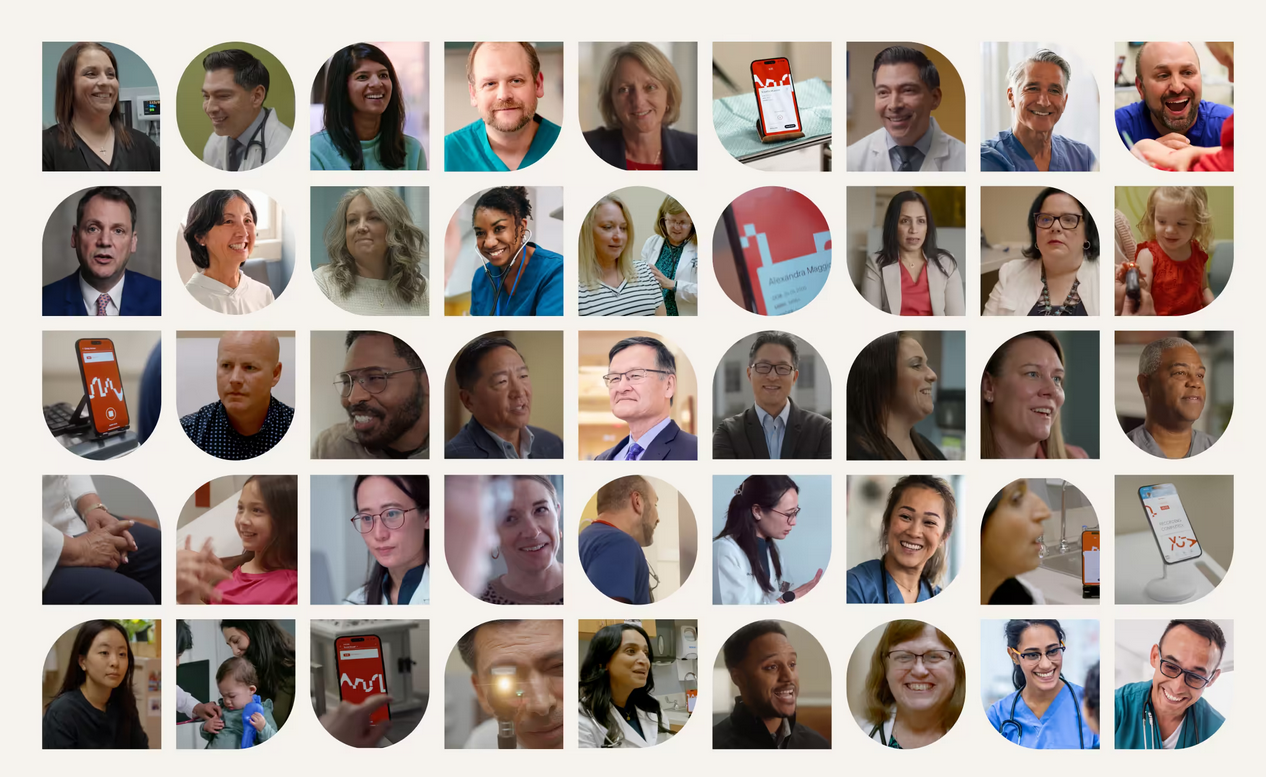Google's main push for watermarking AI-generated content across its products has been the DeepMind-developed SynthID technology. For instance, Google recently upgraded Gemini's image-generation capabilities by powering them with Imagen 3, the company's latest text-to-image model. When launching this feature, Google announced that images generated using Gemini and Imagen 3 would be watermarked using the SynthID technology by default. In a recent blog post, Google shared it would build on these efforts to increase transparency for AI-generated content by adopting the C2PA technology and incorporating it into its products, starting with Search and Ads.
Google is part of the Coalition for Content Provenance and Authenticity (C2PA) steering committee, just like Amazon, Meta, Microsoft, OpenAI, and others. This means the company has been collaborating with the other committee members to develop the latest version of the C2PA's technical specification for content credentials to make the technology less susceptible to tampering. Google plans to bring this version to its Search and Ads products to display pertinent metadata in its "About this image" feature in Search products, including Images, Lens, and Circle to Search. For its Ads product, Google plans to integrate C2PA metadata detection to inform how it enforces relevant policies regarding AI-generated content in advertisement.
Google also claims it is working towards implementing parts of the technology into YouTube to inform viewers if the content they engage with was captured with a camera. However, this is still considered part of Google's plans, in which the company has committed itself to bringing the technology into more products. Like other companies recently announcing transparency measures, Google has noted that watermarking may not be the ultimate solution for detecting AI-generated content and urged other relevant parties to adopt the C2PA's Content Credentials standard, as it also detailed that it has joined other groups and coalitions in addition to C2PA, including the White House's voluntary commitments and its Secure AI Framework (SAIF) and coalition.





Comments